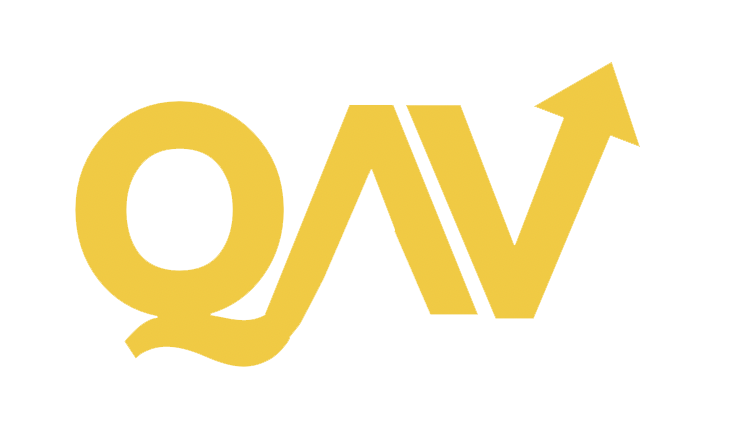In episode 627, Alex (Tony’s daughter and an important member of the QAV team) asked a question from one of her 20-something friends.
Alex:
I have a friend who wants to try investing. He’s getting a tax return back soon, and he’s decided to use some of that money to invest. And his plan at the moment is to put the majority into ETFs, some into a few single stocks, and then he wants to use a $100 to play around with crypto. Which I laughed at, it seems like a very young male thing to do, I discouraged that. So that’s kind of the scenario. What would you do if you were in a similar position as a young person starting out with a tax return?
Tony:
That’s a good question. Probably something similar. I wouldn’t do the crypto obviously, but if it’s only a hundred bucks, fine. I don’t know crypto, so that might be a parcel which is too small to even trade at. But I’d stay clear of crypto. As we’ve said before, as Munger has said, it’s “rat poison squared,” and there’s no use for it unless you’re a drug runner or something on the dark web that’s criminally oriented. So, yeah, the problem if you can’t value it or know what it’s used for, you don’t know when to buy or sell. That’s the issue with crypto.
ETFs cover such a wide span of different things now, I’d be interested to know more about what kind of ETF your friend was considering. If it was an index fund, I’d say, “sure, go for it,” or an index type ETF, so you’re exposed to the market. And as we’ve seen before, with people like Steve Sammartino, who’s been on the show, it’s a set and forget way of investing and building wealth. So, that’s good. But there are ETFs for all sorts of things now, so be careful about which ones your friend is wanting to buy and make sure that it’s a very simple ETF that’s investing in an index. I’d stick to Australia, but if you wanted to buy a World Index or a US index, I think that’s fine too, as long as there aren’t any currency or tax risks with that. So, in other words, some of the local ETFs will do that for you and do it all in Australian dollars and take all the currency and tax risks themselves, which is good.
We started off the series talking about the investment ladder. And certainly, buying an index fund is on the first rung of that ladder. You get your feet wet, get onto the ladder, understand what buying ETFs involves and how to treat your dividends, and how to deal with a broker and setting up accounts, how it affects your tax, and just learn to understand that by doing it. Now, that might lead on to other things like constructing a portfolio yourself once you understand more about the stock market. And likewise, similar advice for the individual stocks that they’re buying up, I’d be interested to know what they are and why your friend wants to buy them. Again, if it’s something that is a fad, like a boom stock, rather than being a solid investment, I’d be careful with it. But if your friend wants to buy, you know, a large blue-chip company that is going to be around for a long time, then I wouldn’t have a problem with that to get to experience it and start to think about when to buy and when to sell, which are important things.
Alex:
Thanks. Yeah. Thanks for casting aspersions on my friend and why he wants crypto, too.
Tony:
Yeah, I’m not a fan of crypto. I think it’s a pump and dump.
Alex:
Yeah, no, I definitely laughed at him a bit when he said that. So, I think his plan is in six months, once he’s had a run with the return to start putting a bit of savings into whatever has worked. And then, so part two to my question would be if a young person, like one of my friends, was interested in QAV, what kind of situation could they do? Because I mean, we don’t have a lot of expendable cash, but if they had enough to start investing and were interested, would you say just start on the investment ladder and work your way up to QAV? Or is there kind of a way that we could go about it now?
Tony:
No, you can go about it. There are platforms out there which do cheap stock market trading and are usually about $10 or a stock. You know, the recommended portfolio would be fifteen to twenty stocks, so, you know, you’d probably want to have a portfolio of at least $10,000 to start off, to make sure you’re not being eaten up by all the fees involved in owning the shares. I think that’s a great thing to do.
